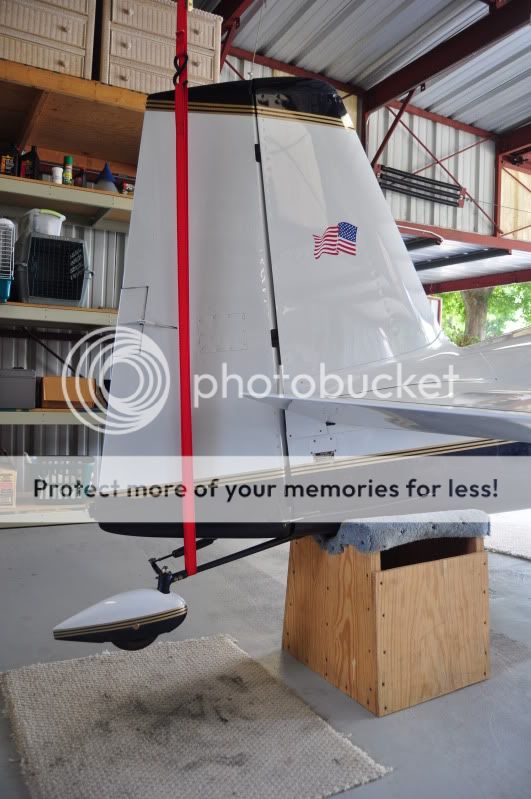hcccs
Well Known Member
I have assembled the tail wheel and was trying to see how the swiveling function worked. I pressed sideways on the wheel fork but nothing happened. The steering arm should press the sliding key into the recess of the arm whereby allowing the wheel to swivel freely. Should I chamfer the edges of the recess (arrows) ?

By hcccs

By hcccs
Last edited:





